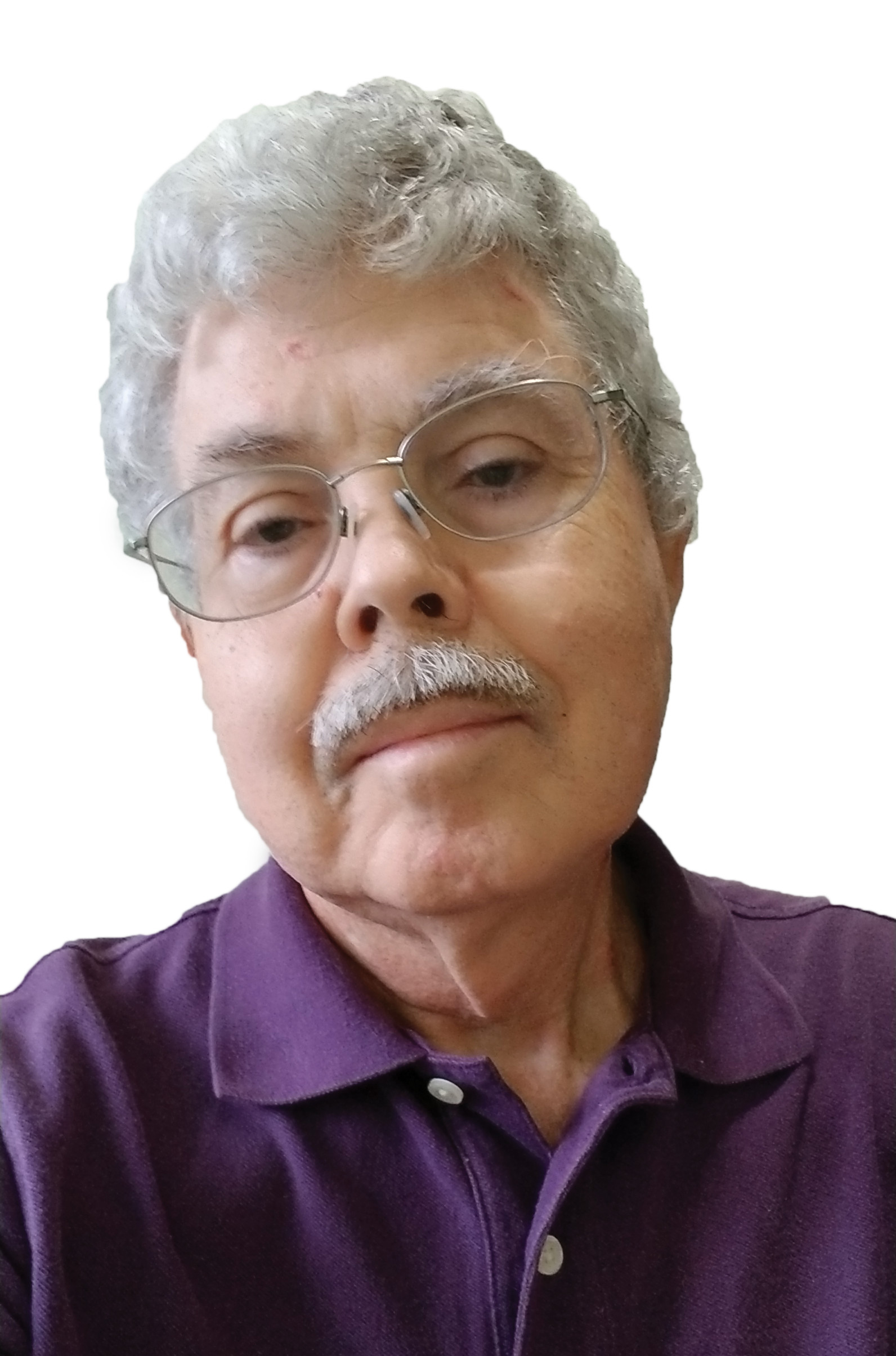CTIA, the Wireless Association, the industry group that represents international wireless telecommunications, announced a pilot channel-sharing project that it called a response to the FCC’s recent request to “demonstrate the technical and legal arrangements necessary to implement a successful channel-sharing operation.”
The two stations participating in the pilot project are KLCS and KJLA. KLCS is a non-commercial TV station licensed to the Los Angeles Unified School District. Last year LAUSD cut funding to KLCS so I'm not surprised the station is looking for a way to gain some revenue from the Incentive Auction program. KLCS currently carries four program streams: one with an assortment of PBS programs, one devoted to PBS children’s programming, another with “Create TV,” and one carrying the non-commercial MHZ worldwide network’s news and entertainment programs KJLA is licensed to Ventura, Calif. and serves as the flagship station for the LATV Network which serves U.S. born Latinos. In addition to LATV, KJLA also transmits nine other program streams with diverse cultural content. Both stations transmit from Mount Wilson with an ERP of 1,000 kW.
Testing will occur through the first quarter of 2014 after KLCS and KJLA receive FCC approval. The stations will conduct a series of tests culminating in KLCS “hosting” KJLA's content and transmitting a shared stream that will combine the two station's primary and multicast content. The stations will attempt transmission of a variety of HD and SD video feeds to confirm the feasibility and technical limits of channel sharing between two non-affiliated broadcast operations.
The CTIA press release stated: “There will be no impact to KJLA's and KLCS' viewers during this test.”
When I checked last Wednesday night, all of the four KLCS program streams and the 10 KJLA streams were being transmitted in standard definition. With this many channels carrying unrelated content in a statistical multiplex, I would expect KCLS to carry many of the KJLA program streams, but not all of them. Adding HD content will likely pose some problems due to the significantly higher minimum bit rate required and would necessitate dropping more of the KJLA multicast channels.
Even if the pilot's results won't work for stations carrying HD content, the results may be good enough to encourage smaller stations in larger markets to share spectrum and share in the Incentive Auction proceeds.
“This partnership will enable us to evaluate the practical impact of channel sharing on KJLA's signal, and on our multicast content partners and viewers, as we consider our potential participation in the reverse auction, said Alan Popkin, KLCS’s director of TV engineering. “We hope these early test results will be useful to other members of the broadcast industry.”
CTIA’s president and chief executive officer, Steve Largent also commented on the experiment.
“Since spectrum is a finite and valuable resource, channel sharing is truly a win-win-win for consumers, broadcasters and wireless providers,” said Largent. “This helps broadcasters ensure that over-the-air customers may continue to enjoy their programming while the wireless industry continues to invest and innovate so it can meet the insatiable demands of its consumers for everything from broadband access to the 'Internet of Things.”
The professional video industry's #1 source for news, trends and product and tech information. Sign up below.

Doug Lung is one of America's foremost authorities on broadcast RF technology. As vice president of Broadcast Technology for NBCUniversal Local, H. Douglas Lung leads NBC and Telemundo-owned stations’ RF and transmission affairs, including microwave, radars, satellite uplinks, and FCC technical filings. Beginning his career in 1976 at KSCI in Los Angeles, Lung has nearly 50 years of experience in broadcast television engineering. Beginning in 1985, he led the engineering department for what was to become the Telemundo network and station group, assisting in the design, construction and installation of the company’s broadcast and cable facilities. Other projects include work on the launch of Hawaii’s first UHF TV station, the rollout and testing of the ATSC mobile-handheld standard, and software development related to the incentive auction TV spectrum repack. A longtime columnist for TV Technology, Doug is also a regular contributor to IEEE Broadcast Technology. He is the recipient of the 2023 NAB Television Engineering Award. He also received a Tech Leadership Award from TV Tech publisher Future plc in 2021 and is a member of the IEEE Broadcast Technology Society and the Society of Broadcast Engineers.
